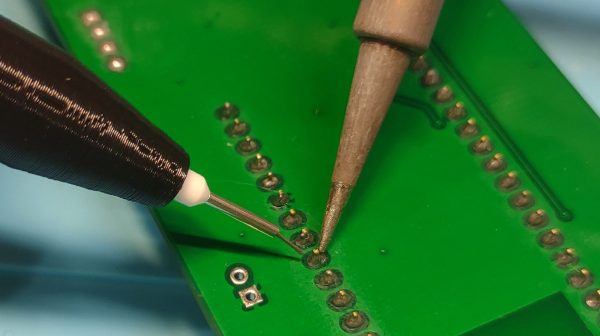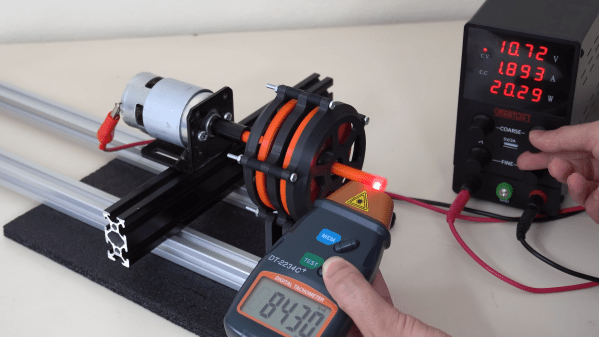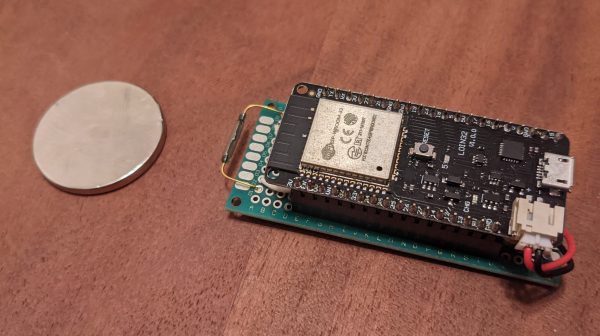Epoxy has become a hugely popular material in the woodworking and furniture worlds. Who doesn’t love glossy, translucent finishes, after all? [Cam] recently spotted some neat combinations of epoxy with denim, and decided to see if he could replicate the technique to create a very unique desk. We’d say he succeeded.
A significant amount of material was involved, with [Cam] claiming he used 1,000 square feet of denim and 20 gallons of epoxy. The denim was sourced as a bulk roll, making it easy to cut to the proper size to make the desk. Liquid Glass epoxy was used for its visual qualities and its hard-wearing nature.
Combining the two materials was a challenging task. The 50 layers of denim had to be squeegeed one at a time to remove excess epoxy, a process made harder by the thickness of the material. Once all laid up, the stack of denim was compressed between sheets of wood, leading to an epoxy spill of monumental proportions.
Regardless, when the final desk was cleaned up and polished, the results were well worth the trouble. It looks like some kind of crazy denim gem thanks to the rich shine and perfect grain. It’s a material we’d like to play with ourselves.

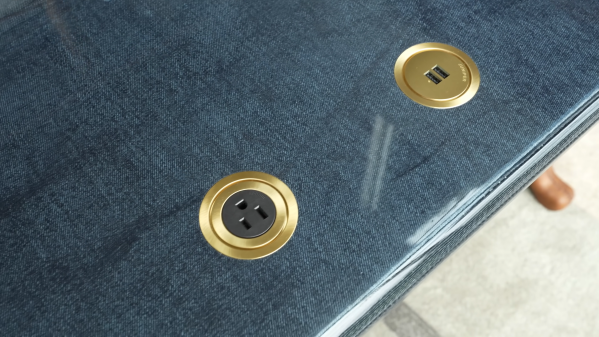
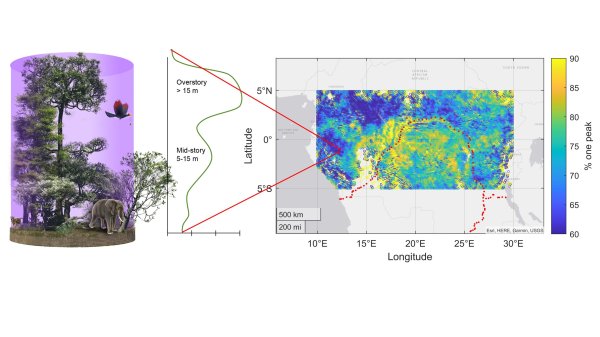
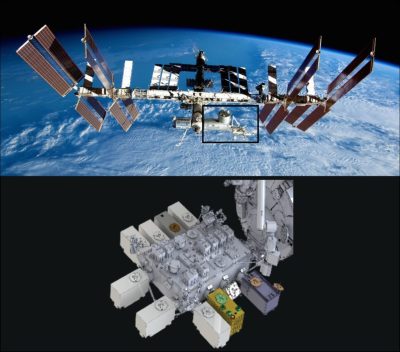
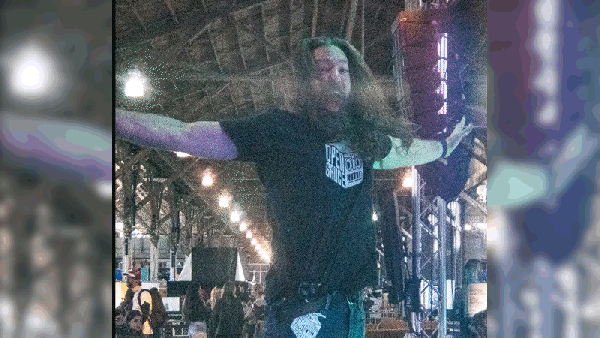
 In building a new lens for the Open Sauce ’23 event, [scealux] wanted to get variable aperture working, while also improving focus speed. The lens was also intended for use with a Sony A7R3. Unlike his previous effort, this lens would only work on the full-frame Sony FE mount cameras.
In building a new lens for the Open Sauce ’23 event, [scealux] wanted to get variable aperture working, while also improving focus speed. The lens was also intended for use with a Sony A7R3. Unlike his previous effort, this lens would only work on the full-frame Sony FE mount cameras.